#Brachiata
Photo

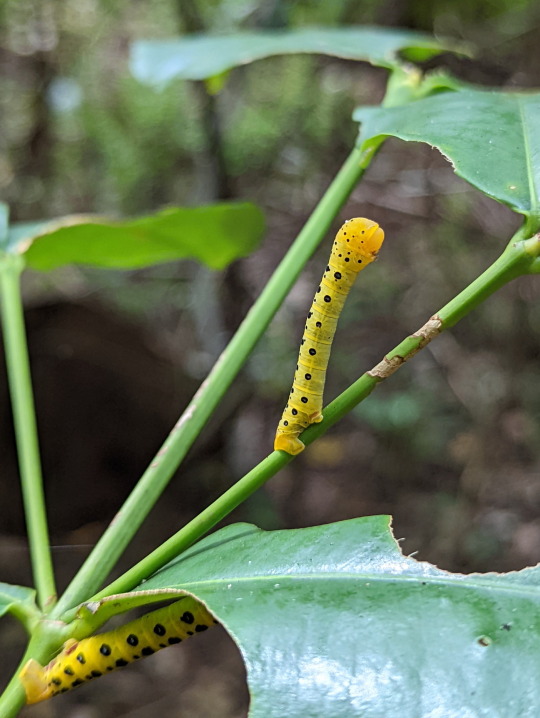
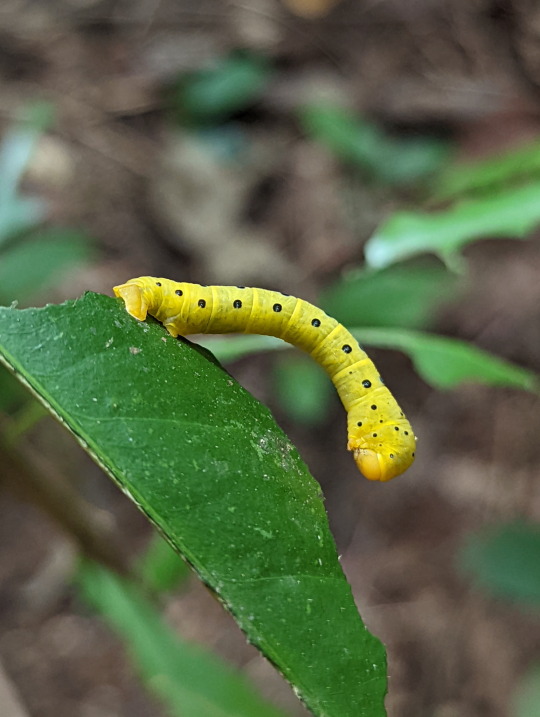



Four o'Clock Moth Caterpillars
An iconic species to this region.
Dysphania numana, “Four o'Clock Moth”
Foodplant: Carallia brachiata
15/06/22
#Dysphania numana#Four o'Clock Moth#Dysphania#Dysphaniini#Geometrinae#Geometridae#emerald moths#inchworms#caterpillars#larvae#larval stage#larva#Geometroidea#Carallia brachiata#lepidoptera#Lepidopterology
23 notes
·
View notes
Text
Branched Foldwing (Dicliptera brachiata (Pursh) Spreng.)
Acanthaceae (Acanthus Family)
Synonym(s): Wild Mudwort, False Mint, Eastern Tailed Blue
Base Flower Color: White, PinkReproductive Phenology: Aug, Sept, Oct
For more information about this plant, click Here.
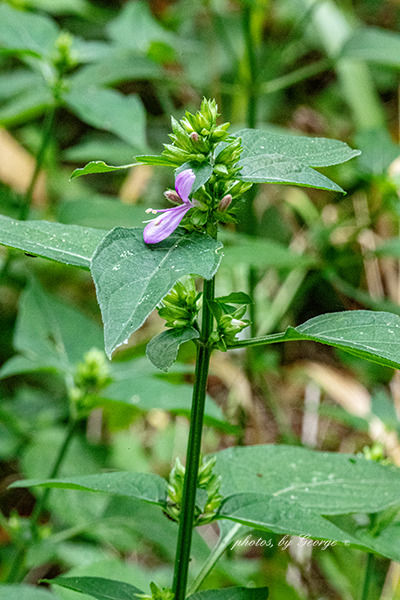
View On WordPress
0 notes
Photo
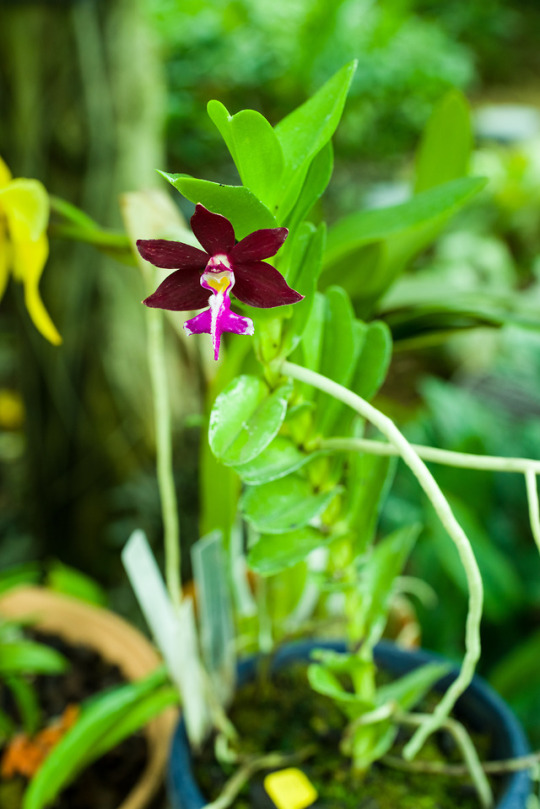
#Trichoglottis philippinensis var. brachiata#Shinjuku Garden Greenhouse#Shinjuku Gyoen National Garden#Tokyo#トリコグロッティス・フィリピネンシス#新宿御苑大温室#新宿御苑#東京#HD PENTAX-D FA* 50mm F1.4 SDM AW
4 notes
·
View notes
Photo
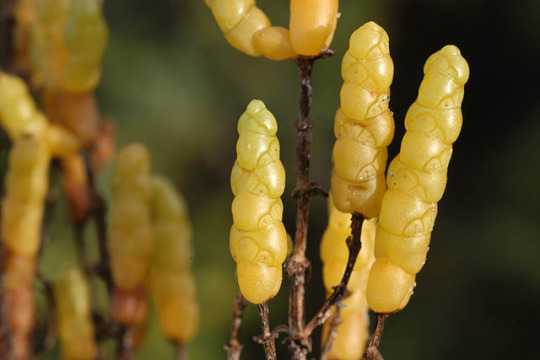
Salicornia brachiata
Umari Keerai
(via)
#Salicornia brachiata#Salicornia#succulent#halophyte#salt water plant#Umari Keerai#yellow#extremophile#edible#salty
68 notes
·
View notes
Text
Ocean Empire Crop Calendar
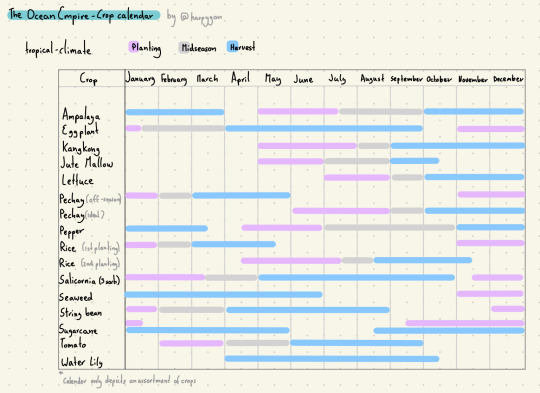
[Grimlands] [House Blossom] [Gilded Helianthia]
detailed thoughts (and information about crops depicted) under the cut
Jute Mallow isalso known as „bitter melon“ „bitter apple“ „bitter squash“ and bcountries specified as lying in the tropical zone (dependent on the list there might be more or less), I chose to look at the south-east Asian countries of Indonesia, Malaysia and the Philippines, the last being my main point of comparison.
The problem with the ocean empire is that it seems to have extremely limited planting ground (not taking into account soil under the ocean), meaning that most crops aren't really plantable.
In the beginning, I thought this was it, the ocean empire would have to live off fish, seafood and seaweed, but then I found hope.
This article talked about salt water rice, and while this example is made through human gene mutation, I'll assume that it naturally exists in the ocean empire.
Furthermore, we see lily pads being used a lot in the ocean empire, which his helpful, as (almost) the entirety of it is edible. Not only that, but the seeds can be ground into flour, meaning we have more options for filling foods such as bread. (There are no regular planting or harvesting seasons, as they just die back to their roots and then regrow later and different harvestable parts get harvested at different points in the year, so I just made a rough estimate based on the flowering time of the lilies) (out of context but one can make silk out of lotus flowers meaning that silk clothing made out of lotus flowers would be worn)
Seaweed itself would be growable almost everywhere where a water height of ca. 6 metres is present, and they are harvestable every 45-60 days (sources differ). The main harvest season spans January June.
Halophytes or salt-loving plants, form another big category of plants that could be planted. There are 3 sorts of halopythes, but we will only focus on Aqua-halines and then the subgroups of Hydro-halophytes (whole or almost whole plant remains under water) and Emerged Halophytes (most of the stem remains above the water level).
Most plants with the prefix „sea“ don‘t actually grow in the sea, as I sadly had to learn. But they are more salt tolerant than other plants which is why I will include some of them.
One of the best known ones is Salicornia. Salicornia europaea (underwater asparagus or sea pickles) is completely edible raw and cooked. Salicornia bigelovii is an oil crop, reaching about 60cm In height. Salicornia brachiata can be made into a culinary salt (substitute). They grow year round, but are planted in the “colder“ months of the year, meaning the cold dry period between December/November and February/March.
Now I thought the crop calendar looked pretty sad wit’s just those few plants, so I looked at foods commonly grown in The Philippines and picked some examples as things that could be grown on the little overwater soil they have.
I believe that on the shorelines of the little land they do have, people would plant sugarcane. It can be used as both a sweetener and just an ingredient for normal cooking. The harvest and planting seasons do overlap, which is why the crop calendar shows two rows instead of one.
Ampalaya, also known as „bitter melon“ „bitter apple“ „bitter squash“ and “balsam pear“ is a vine that produces a fruit, that is pretty bitter. It takes between 80 and 120 days to grow (differs based on sunlight sensitivity)
Kangkong or “water spinach“ is a form of spinach. It grows extremely quickly (just thirty days) and starts flowering in October. It is technically plantable year round, but as the seeds only mature by end of April and the plants are uprooted at the end of harvesting season, I assumed that they could only be planted after April (this could of course be altered by saving seeds or planting Kangkong off season)
Jute Mallow is a leafy plant with a slimy texture (similair to that of okra).
Pechay or „Chinese cabbbage“ is a cabbage. It has two main harvest seasons, one set in the “ideal“ season meaning the hot wet season and one in the cold dry off season.
String beans are a type of green bean.
Conclusion: The majority of the Ocean‘s empires cuisine would be based around rice, seaweed, various halophytes, and water lilies. However, the little overwater soil they do have allows for them to have a wide selection of vegetables, fruits and spices.
18 notes
·
View notes
Photo


Cast skin of a huntsman spider, and the larva of the 4 O’Clock moth Dysphania numana on freshwater mangrove Carallia brachiata
0 notes
Photo


Two 4 o’clock moth caterpillars,
one much older than the other.
Dysphania numana
Found on Carallia brachiata
18/05/22
#Carallia brachiata#Dysphania numana#Dysphania#Geometridae#Dysphaniini#Geometrinae#inchworms#Geometroidea#Lepidoptera#Lepidopterology#caterpillars#caterpillar#Larval stage#larvae#larva#bugblr#bugs#bug#bugs tw#insects#insectblr#insects tw#entomology#insecta#arthropods#arthropoda#nature#nature photography
23 notes
·
View notes
Photo
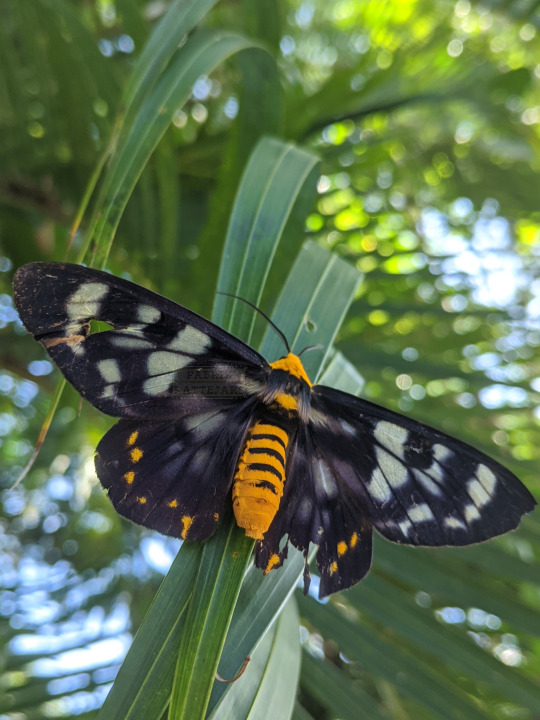
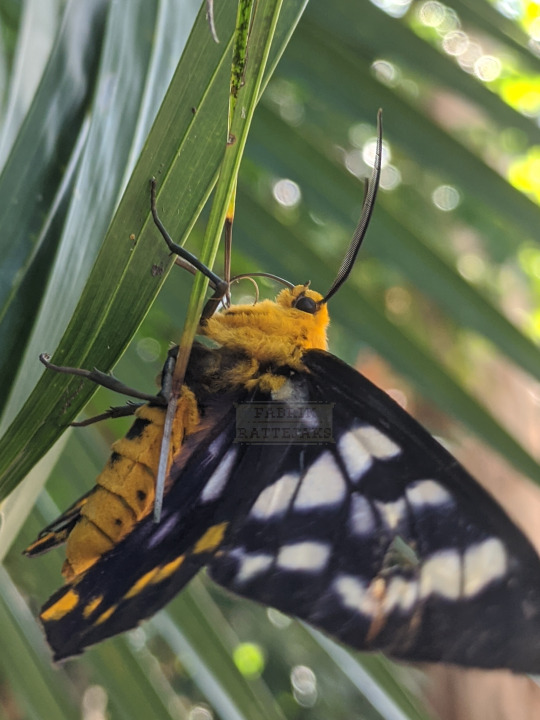



𝑫𝒚𝒔𝒑𝒉𝒂𝒏𝒊𝒂 𝒏𝒖𝒎𝒂𝒏𝒂
“Peacock jewel” or “4 o’clock moth”
Order Lepidoptera
Superfamily Geometroidea
Family Geometridae
Subfamily Geometrinae
The Adult moth is pictured above. It is much larger than other inchworm species, having a wing span of 8CM.
The Pupae, although pictured above, is positioned very differently. The chrysalis is generally in a curled leaf, with some bits of web holding the leaf shut. I’m unsure why the chrysalis above was hanging down this way...
The Larval stage is pictured above. The caterpillar, generally, maintains the same black and yellow patterns through out its life. However the caterpillars above had a much different appearance. Like the moth, the caterpillars are also quite large, being about 6-7CM. You will most likely see these caterpillars standing up vertically, otherwise they’ll be slightly bent over.
The larvae feeds on a variety of plants, including:
Litchi chinensis, “Lychee”
Carallia brachiata, “Freshwater Mangrove”
Melicope elleryana, “Eudia”
This species is found in these Australian states:
W.A
N.T
QLD.
Tas.
And outside Australia:
Ambon Island, Indonesia
Kiriwina Island, Papua New Guinea
20/12/20, source
- RatteJak
#bugblr#bugs#bugs tw#insects#insect#insecta#insects tw#insectblr#cute#4 o'clock moth#peacock jewel#moth#mothblr#moths#dysphania numana#lepidoptera#Geometridae#geometrinae#Geometroidea#geometer moth#index#caterpillar#caterpillars#arthropods#arthropoda
160 notes
·
View notes
